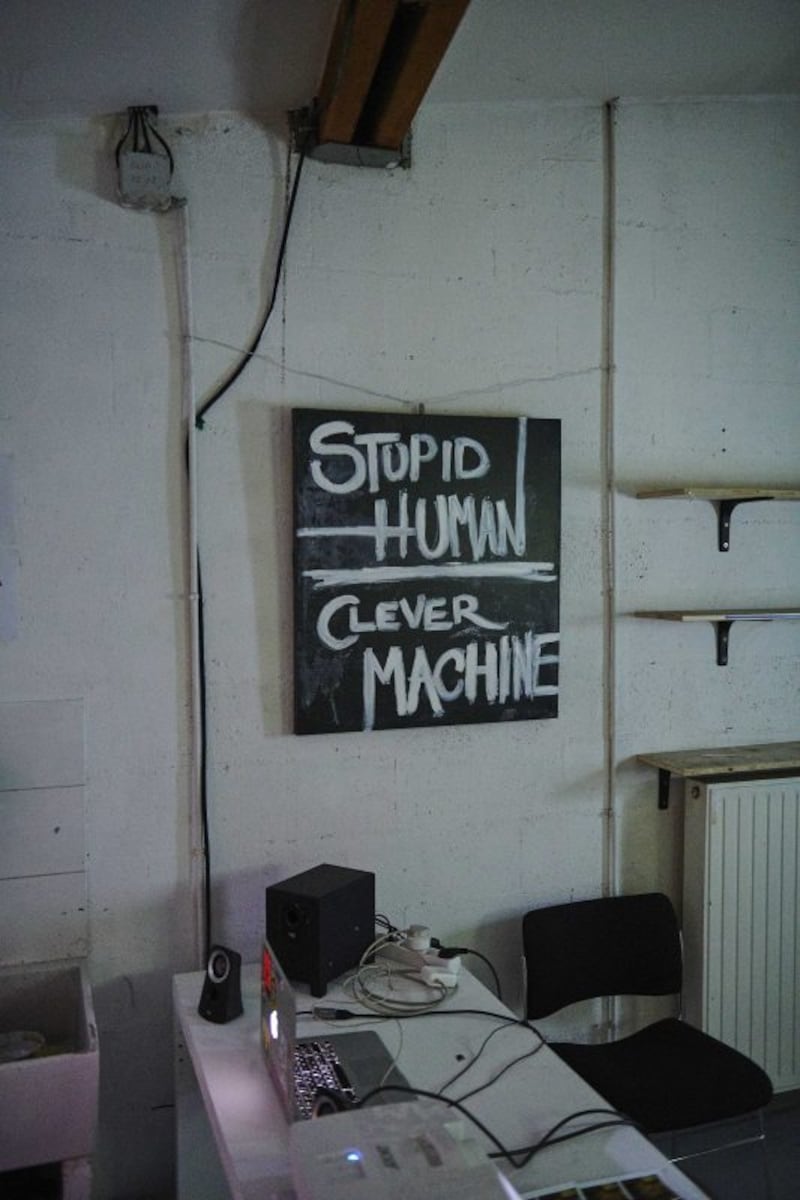For the 30th anniversary of the annual Business to Arts Awards, Accenture became the exclusive Innovation Partner and at the same time developed a bursary aimed at supporting an artist creating work exclusively in the digital space. As the ways in which artists can respond to and engage with technology to create and disseminate their work increase, there can be limitations when it comes to sourcing technical equipment, engaging with expert collaborators, or building skills in complex applications or programmes.
This is something that Accenture is acutely aware of, so they decided to create a bursary to nurture the talent of an artist exploring some of the most topical issues facing our digital future.
Speaking about the creation of the Accenture Digital Innovation in Art bursary, Etain Seymour, marketing and communications director at Accenture in Ireland comments: “When technology meets human talent and ingenuity, exciting things happen. We explore this in our business every day and were interested to see how it manifests within art. So, we created this bursary to support an artist whose work is both created digitally and showcases how creativity and technology can produce new perspectives and approaches to art.”
The 2022 winner of the €10,000 Bursary, Nadia J. Armstrong, explores the commodification of human emotions, the creation of machines, and the physical entanglement of our bodies with world systems in her work. Using video and digital animation, Armstrong creates pieces that investigate the virtual space and humanity’s relationship to it.
READ MORE
A graduate of the National College of Art and Design, Armstrong’s interest in the digital realm stems from the symbiosis between human and machine, device and individual. “Working in the digital space allows me to comment on the contemporary moment through the means of the technological systems that define the fabric of our virtual and our physical lives,” she says.

It was this understanding of how to probe the themes in her work through technology that stood out for the judging panel, composed of a multi-disciplinary team from across Accenture with an external new media expert. Seymour adds, “Nadia’s work impressed us all due to its creativity, passion for design and deep understanding of human + machine interplay through artificial intelligence and machine learning.”
Armstrong plans to use the bursary to purchase equipment such as a professional-grade desktop computer, and new cutting-edge software to produce more realistic character models for use in her pieces. Not only this, but she plans to work in collaboration with a programmer to create a digital installation that allows the viewer to make decisions and influence how the installation responds.
For artists thinking about making their practice more digitally focused, Armstrong encourages artists working in all mediums to pursue digital processes for making. “Art often seeks to reflect the world around it and the medium is, more often than not, the message. There are painters whose source material is produced by an image-making AI, there are sculptors who use 3D printing, and there are printmakers who engage in digital processes. The means of production reflects the environment in which it emerges, therefore art being made today is undoubtedly digital,” she says.
Armstrong sees support from an innovative company like Accenture as important as it amplifies artistic voices within the conversation around technology and how it designs our futures. “Artists bring new knowledge and unique insight to the table - we can translate large concepts into creative output with which the public can engage… Accenture’s support of the arts shows an open-mindedness and an understanding that through collaboration we can design better outcomes for us all,” says Armstrong.












